I am trying to find the intersection point of the incomplete circle as image below:
Referring to this link's solution: Detect semi-circle in opencv
I am trying to convert the c++ code into python code, I have converted most of it but i don't understand the 2 lines of c++ code which are below:
Why does the radius need to divide by 25?
// maximal distance of inlier might depend on the size of the circle float maxInlierDist = radius/25.0f;I totally don't know how to convert this C++ line to python:
if(dt.at<float>(cY,cX) < maxInlierDist)
I hope anyone could have help me on this, thank you!
I have tried to google around about some math formula but cannot find why radius need to divide by 25. I also not so good in c++.
My converted code:
# import the necessary packages
import numpy as np
import argparse
import cv2
import math
# construct the argument parser and parse the arguments
ap = argparse.ArgumentParser()
ap.add_argument("-t", "--thres", required = True, help = "Path to the image")
ap.add_argument("-i", "--image", required = True, help = "Path to the image")
args = vars(ap.parse_args())
# load the image, clone it for output, and then convert it to grayscale
image = cv2.imread(args["image"])
gray = cv2.cvtColor(image, cv2.COLOR_BGR2GRAY)
gray = cv2.Canny(gray, 200,20)
# detect circles in the image
circles = cv2.HoughCircles(gray, cv2.HOUGH_GRADIENT, 1,minDist=300,
param1=200, param2=20,
minRadius=0, maxRadius=0)
#gray = (255*mask).astype(np.uint8)
dt = cv2.distanceTransform(255-gray, cv2.DIST_L2, 3)
cv2.imshow('Distance Transform', dt/255.0)
# ensure at least some circles were found
if circles is not None:
# convert the (x, y) coordinates and radius of the circles to integers
circles = np.round(circles[0, :]).astype("int")
# loop over the (x, y) coordinates and radius of the circles
for (x, y, r) in circles:
# draw the circle in the output image, then draw a rectangle
# corresponding to the center of the circle
cv2.circle(image, (x, y), r, (0, 255, 0), 2)
cv2.rectangle(image, (x - 5, y - 5), (x + 5, y + 5),
(0, 128,255),-1)
minInlierDist = 2.0
counter =0
inlier =0
radius=r
num_circle = 50
maxInlierDist=radius/25.0
if maxInlierDist<minInlierDist:
maxInlierDist=minInlierDist
for index in range(num_circle):
counter +=1
#angle = t * math.pi / 180
angle = 2 * math.pi * index / num_circle
cX = x + math.sin(angle)*radius
cY = y + math.cos(angle)*radius
centerxy = cX,cY
cv2.circle(image,tuple(np.array(centerxy,int)),3,(0,0,255),-1)
#if(dt.at<float>(cY,cX) < maxInlierDist) #c++ ! I'm stuck here!
cv2.imshow("output", image)#np.hstack([image, gray]))
cv2.waitKey(0)
else:
print("no circles found!")
cv2.waitKey(0)
The most important question here is: How to know/indentify The green sampled dots on the circle are inliers and The blue dots are outliers.
